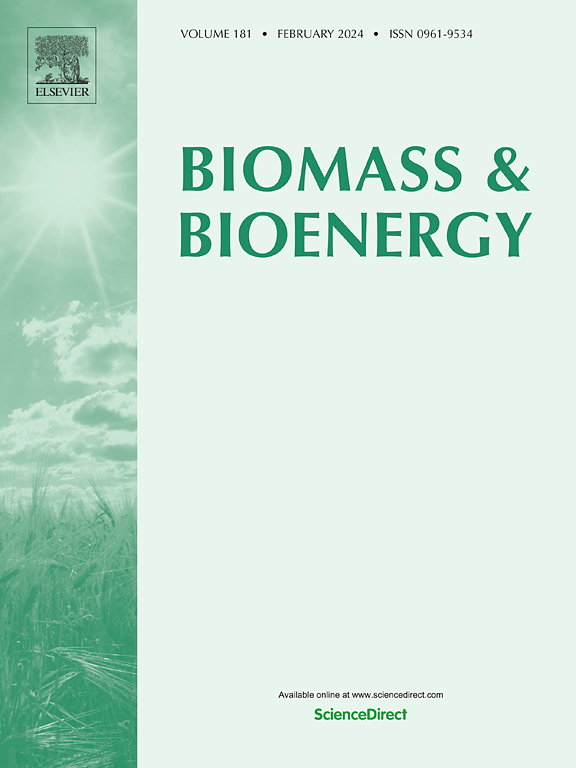Rational engineering of Pseudomonas putida DSM 6125 for dedicated catabolic detoxification of furfural and 5-(hydroxymethyl)furfural
IF 5.8
2区 生物学
Q1 AGRICULTURAL ENGINEERING
引用次数: 0
Abstract
The prospect of using lignocellulosic biomasses (LCBs) as cost effective feedstocks in bio-production of chemicals is hampered by the inhibitory compounds co-generated with sugars during pretreatment of LCBs. Among these inhibitory compounds, furfural and 5-(hydroxymethyl)furfural (HMF) are the most abundant, and thus, contribute the most toxicity to LCB hydrolysates. To address this challenge, we engineered a strain of Pseudomonas putida DSM 6125 to efficiently utilize furfural and HMF as carbon sources, without consuming glucose, the major sugar derived from LCB pretreatment and hydrolysis. P. putida DSM 6125 is innately incapable of utilizing xylose, the second most abundant sugar in LCB hydrolysates. To engineer a strain that selectively consumes furfural and HMF, the glucose uptake and catabolic genes namely, carbohydrate-selective porin (oprB-II), glucose dehydrogenase (gcd), and glucokinase (glk) were inactivated to obtain P. putidaoprB-II-/gcd-/glk- (ΔoprB-IIΔgcdΔglk). Subsequently, the furfural and HMF catabolic gene clusters of Cupriavidus basilensis DSM 11853 were chromosomally integrated into P. putidaoprB-II-/gcd-/glk- resulting in P. putidaFur−HMF (ΔoprB-IIΔgcdΔglk⸬hmfFGH'Hmfs⸬hmfABCDEmfs). P. putidaFur−HMF consumed ∼1.00–3.84 g/L furfural and 1.30–5.04 g/L HMF supplied separately as carbon sources—following adaptation to increasing inhibitor concentrations—without glucose consumption.

求助全文
约1分钟内获得全文
求助全文
来源期刊

Biomass & Bioenergy
工程技术-能源与燃料
CiteScore
11.50
自引率
3.30%
发文量
258
审稿时长
60 days
期刊介绍:
Biomass & Bioenergy is an international journal publishing original research papers and short communications, review articles and case studies on biological resources, chemical and biological processes, and biomass products for new renewable sources of energy and materials.
The scope of the journal extends to the environmental, management and economic aspects of biomass and bioenergy.
Key areas covered by the journal:
• Biomass: sources, energy crop production processes, genetic improvements, composition. Please note that research on these biomass subjects must be linked directly to bioenergy generation.
• Biological Residues: residues/rests from agricultural production, forestry and plantations (palm, sugar etc), processing industries, and municipal sources (MSW). Papers on the use of biomass residues through innovative processes/technological novelty and/or consideration of feedstock/system sustainability (or unsustainability) are welcomed. However waste treatment processes and pollution control or mitigation which are only tangentially related to bioenergy are not in the scope of the journal, as they are more suited to publications in the environmental arena. Papers that describe conventional waste streams (ie well described in existing literature) that do not empirically address ''new'' added value from the process are not suitable for submission to the journal.
• Bioenergy Processes: fermentations, thermochemical conversions, liquid and gaseous fuels, and petrochemical substitutes
• Bioenergy Utilization: direct combustion, gasification, electricity production, chemical processes, and by-product remediation
• Biomass and the Environment: carbon cycle, the net energy efficiency of bioenergy systems, assessment of sustainability, and biodiversity issues.
 求助内容:
求助内容: 应助结果提醒方式:
应助结果提醒方式:


